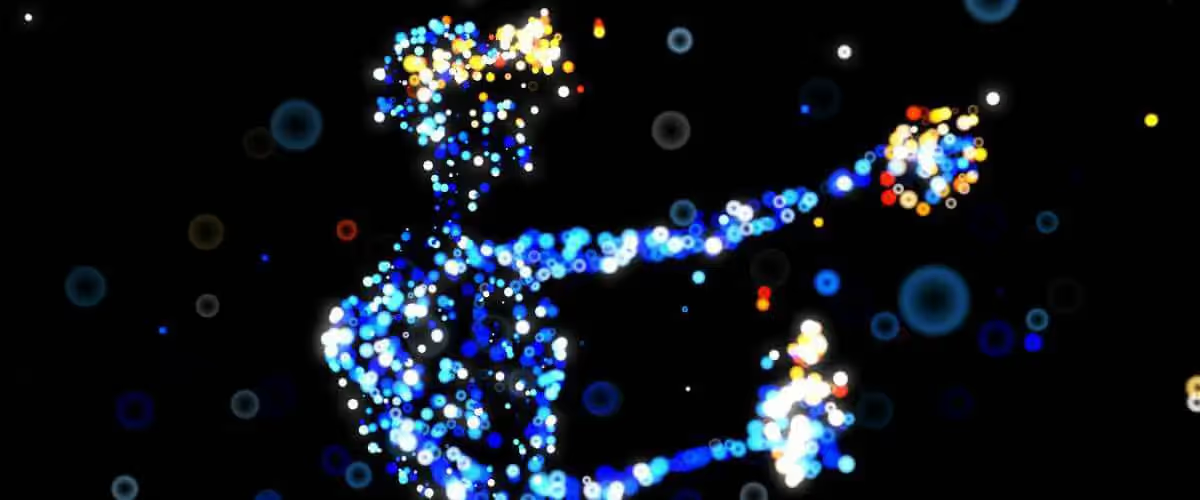A Brief History of the Manchester Bee
July 7, 2022

What’s the first thing that comes to mind when you think of Manchester? The longstanding rivalry between the world-class Manchester City and the other team from Trafford? The incredible music scene that’s so well recognised across the globe?
For the last two centuries, the Worker Bee has been the symbol of Manchester; however, it’s only in the previous five or so years that it’s become synonymous amongst so many people, whether they be from the city or not.
Do you ever wonder, "Why is the symbol of Manchester a bee”? Well, we’re here to answer that question. Keep reading and check out our short history of the Manchester Bee.
A Brief History
The symbol of the bee has been associated with Manchester since 1842. During this period, the Fathers (or Freemasons) of the city wanted to design a new crest that perfectly depicted the City of Manchester. Below is what they came up with.
The new crest featured an antelope on one side and a lion on the other. A globe can be seen atop the crest, adorned with seven bees representing the seven seas the city’s industry traded across.
The bee that’s so constantly symbolised is a worker bee. Industry has always been important to Manchester, with the city being one of the centres of textile manufacturing during the Industrial Revolution. Worker bees are known for their community-focused drive, something that’s also representative of Mancunians.
The workhouses in the city were often known as beehives, signifying the sheer number of people inside of them, all of whom worked so tirelessly day in and day out. The term “busy bee” is still widely used today and is reserved for people who spend all their time working away without rest.
The HMS Manchester, a battleship launched in the 1980s, was nicknamed the ‘Busy Bee’, symbolising the hive of workers on board the ship - a bee was also depicted on the ship’s crest to promote the symbol of the city further.
In 2014, the Manchester City council decided to crack down on the persistent litter problem. £500,000 of the £14.5 million clean-up budget saw 600 bespoke bins dotted around the city, all featuring a honeycomb design and a bright bee symbol. They’ve since become the easiest way to see the iconic insect while travelling around the city.
It’s safe to say that bees are everywhere in Manchester. You’d struggle to go down a street or sit on a tram and not see some reference to the bee. They’re not just on the side of bins, though; they’re everywhere else, from the floor of the Manchester Town Hall to the clock face of the Manchester Palace Hotel.
The Beehive Mill still exists in Ancoats and is now a workspace for businesses to rent. It used to be the home of the legendary nightclub Sankey’s, and the rich history of the building still lives on throughout its walls.
Manchester Arena Attack, 2017
On the 22nd of May 2017, the City of Manchester and beyond was shocked to hear about the tragedy at the Manchester Arena following a concert from Ariana Grande. The symbol of the Manchester Bee became more widespread and potentially more recognised than ever.
Whilst the bee had already been known as the symbol of Manchester, many now saw it as the symbol of unity and togetherness amongst Mancunians. Following the attack, the bee began its revival throughout the city and became much more widespread. Murals were created commemorating the 22 victims of the attack, and many of those displayed the iconic bee.
Adults of all ages showed solidarity by getting the Manchester Bee tattooed onto themselves, with a vast amount of the money received from the tattoos going to charity. Plus, every year, the two Manchester football clubs remember those tragically lost on that day; they both add the bee onto their football kits and change their social media identity to pay their respects.
The bee was no longer seen as something that purely represented the importance of work during the Industrial Revolution; it became known as a symbol that showed the strength and togetherness of this great city.
When you’re next out and about in Manchester, why not check out to manchesterbe.es beforehand. Their handy map showcases every bee symbol that’s dotted around Manchester.
The history of the Manchester Bee is a formidable one. This iconic insect so perfectly captures the rich history of Manchester during the Industrial Revolution and how and why the workhouses were known as beehives. Recently, the bee has been seen as the image of solidarity, strength and unity amongst Mancunians. The city faced a tragedy in recent years but came out of it stronger than ever before. The bee is, and always will be, Manchester.
Sources:
https://manchestersouvenirs.co.uk/manchester-bee-the-meaning-and-history/
Get In Touch
Swipe to Read
.avif)


.avif)
.avif)
.png)
.png)






![How to Grow Your Shopify Store to 7-Figures [Free eBook]](https://cdn.prod.website-files.com/673f59d9f8a47e65193f0af1/68c29d8247def90b9e5d1026_689c93b861bef6d7ef9f1953_683f7735d6608f71068d13cc_66f690e4640349d3d3c7a075_shopify-ebook-grow-scale-1-scaled.avif)









.svg)